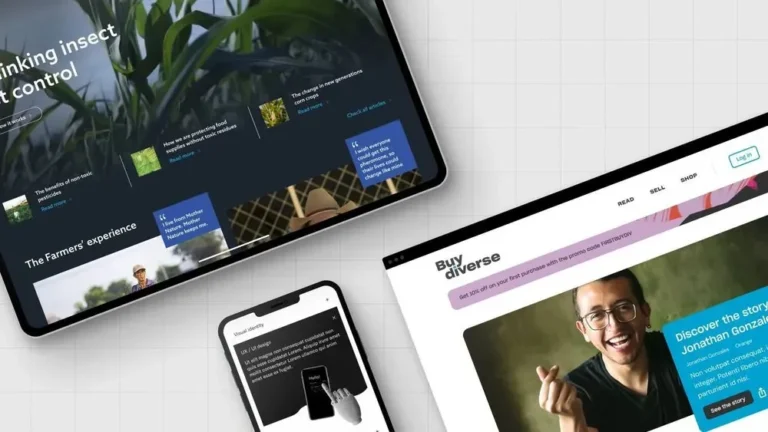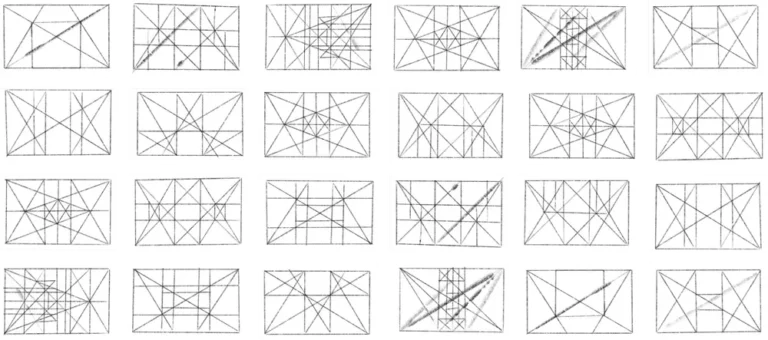404 - Page not found
We are sorry, but it seems the page you’re looking for doesn’t exist, meanwhile you can still check out some cool stuff in our Featured Content:
Are you interested in our nearshore technical talent and dedicated teams services? Check our frequently asked questions to find out more about us.
Discover our Affiliate Program – Earn commission for your business while also helping companies in your network build their technology dream teams with Stateside.
If, after one month, you’re not satisfied with the quality we deliver, we will void the first invoice and terminate the contract free of charge.




